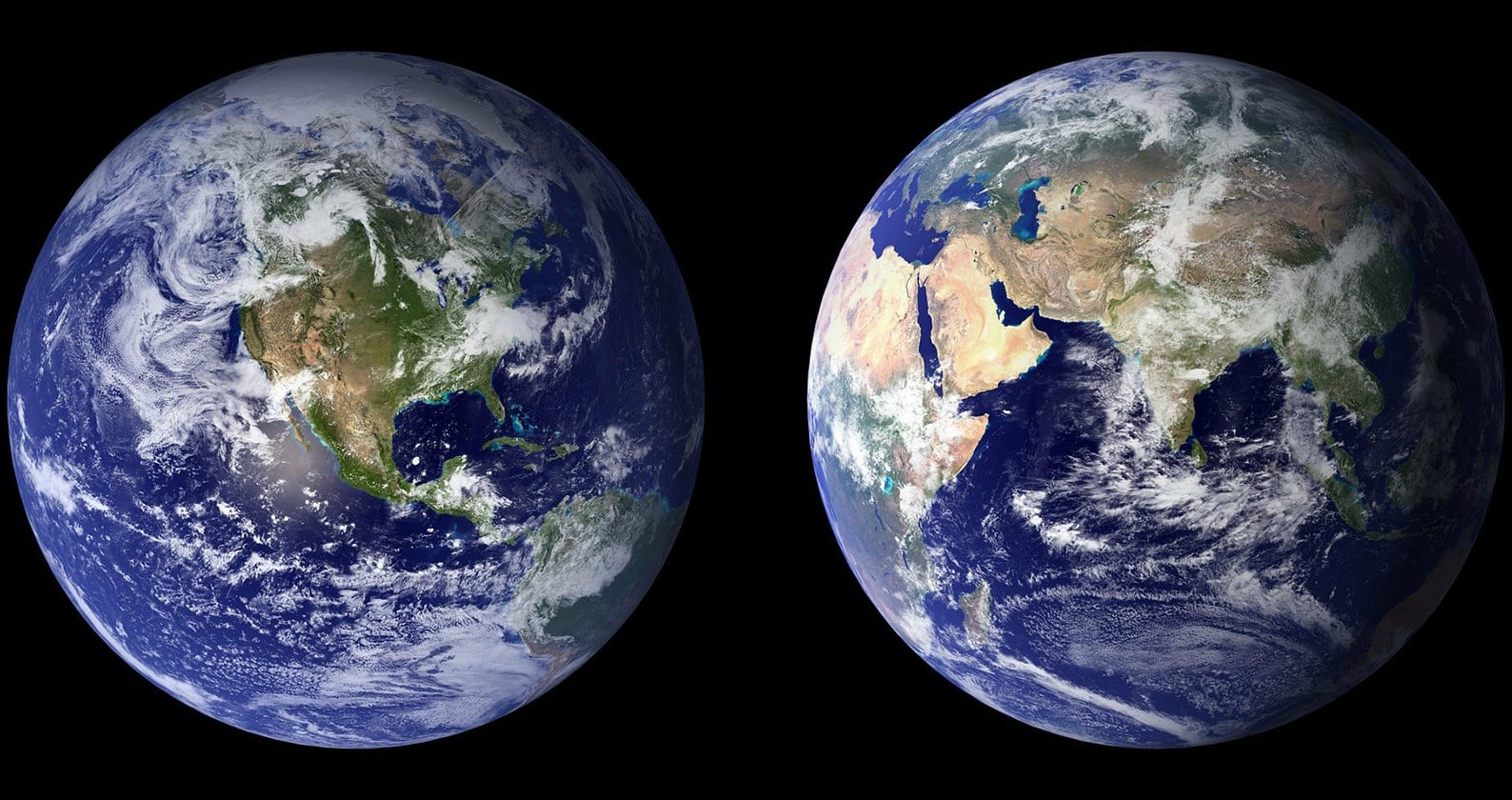Curtin University researchers suggest a ‘chicken-and-egg’ relationship exists between the Earth’s mantle-located superplumes and surface-located supercontinents, adding their findings to a scientific community divided on what is happening deep inside the planet’s surface.
Published in Nature Communications and Geology, researchers from Curtin’s Earth Dynamics Group analysed the abundance of nickel, chromium and iron in over 40,000 basalt rocks samples taken from Earth’s continents and the ocean floor, with the oldest sample being about three billion years old.
John Curtin Distinguished Professor and Australian Laureate Fellow Professor Zheng-Xiang Li, from Curtin’s School of Earth and Planetary Sciences, said the findings derived from the two research papers would add more weight to one side of the ongoing superplume debate happening within the scientific community.
“Nearly 3,000km below the Earth’s surface, just above the boundary between the Earth’s liquid outer core and solid mantle layer, there are two gigantic, hot, dense piles of rocks, each being hundreds of kilometres high and thousands of kilometres in diameter. These mountains are known as Large Low Shear Velocity Provinces (LLSVPs), or ‘superplumes’,” Professor Li said.
“Researchers are unsure if the superplumes have anything to do with activity on Earth’s surface, and the science community is divided on this topic. Some believe that the superplumes have been there unchanged for more than two billion years, perhaps since the very early days of Earth’s history, while others propose that is not the case.
“Our research reports new evidence in support of the latter – that the superplumes form and disintegrate in a cyclical manner, similar to what the tectonic plates do on the Earth’s surface. And interestingly, our research shows this activity is almost exactly synchronised with a 500 to 700 million years-long supercontinent cycle.”
In order to complete their research, the team looked at the time variation of the chemical composition of about 40,000 mantle-derived rocks, erupted from continents and the oceanic floor over the past three billion years.
“We demonstrated that magnesium, nickel and chromium in basaltic rocks from the mantle can be used as a type of ‘fingerprint’ tool to trace mantle plume activity through Earth’s history, and we could see a direct correlation between the superplume activity and the supercontinent cycle,” Professor Li said.
“Mantle plumes are abnormally hot rocks mostly risen from the LLSVPs and adjacent deep mantle to Earth’s surface.
“Our discoveries show that the supercontinent cycle leads to the plume and superplume cycle, but at the same time, the superplumes cause the break-up of the supercontinents. So it appears that tectonic plates and superplumes have a bit of a ‘chicken-and-egg’ relationship, but the plates appear to have a slight upper hand in the process.
“We also discovered a consistent sudden drop in magnesium, chromium and nickel in samples that were about three billion years old, indicating an abrupt drop in mantle temperature at that time, which we interpret to reflect the start of global plate tectonic activity.”
In the Geology paper, the team presents the first Oceanic Large Igneous Provinces database, which contains data from rarely preserved oceanic mantle plume lavas in ancient mountain ranges.
By using this unique database, the team was able to reconstruct and compare the record of mantle plume activity in both the continental and oceanic realm for the last billion years, spanning the two supercontinent cycles of Pangea and Rodinia.
“These statistical analyses point to similar cyclicities between plume activity preserved in continents and that in the oceanic realm, both showing periodic activity of about 500 million years that is comparable to the supercontinent cycle,” Professor Li said.
“Our two recent papers lead the way for addressing the ‘plate tectonic driving force’ question from new directions, and new findings in the coming decade or two may enable scientists to more definitely answer this question.”
The research paper Global geochemical fingerprinting of plume intensity suggests coupling with the supercontinent cycle, led by Curtin University PhD student Mr Hamed Gamal El Dien, with funding from an Australian Research Council grant, was published in Nature Communications.
The research paper Coupled supercontinent-mantle plume events evidenced by oceanic plume record, led by Curtin University Research Fellow Dr Luc Doucet, in collaboration with researchers from Canada, Russia, Germany, Egypt and China, was published in Geology.



